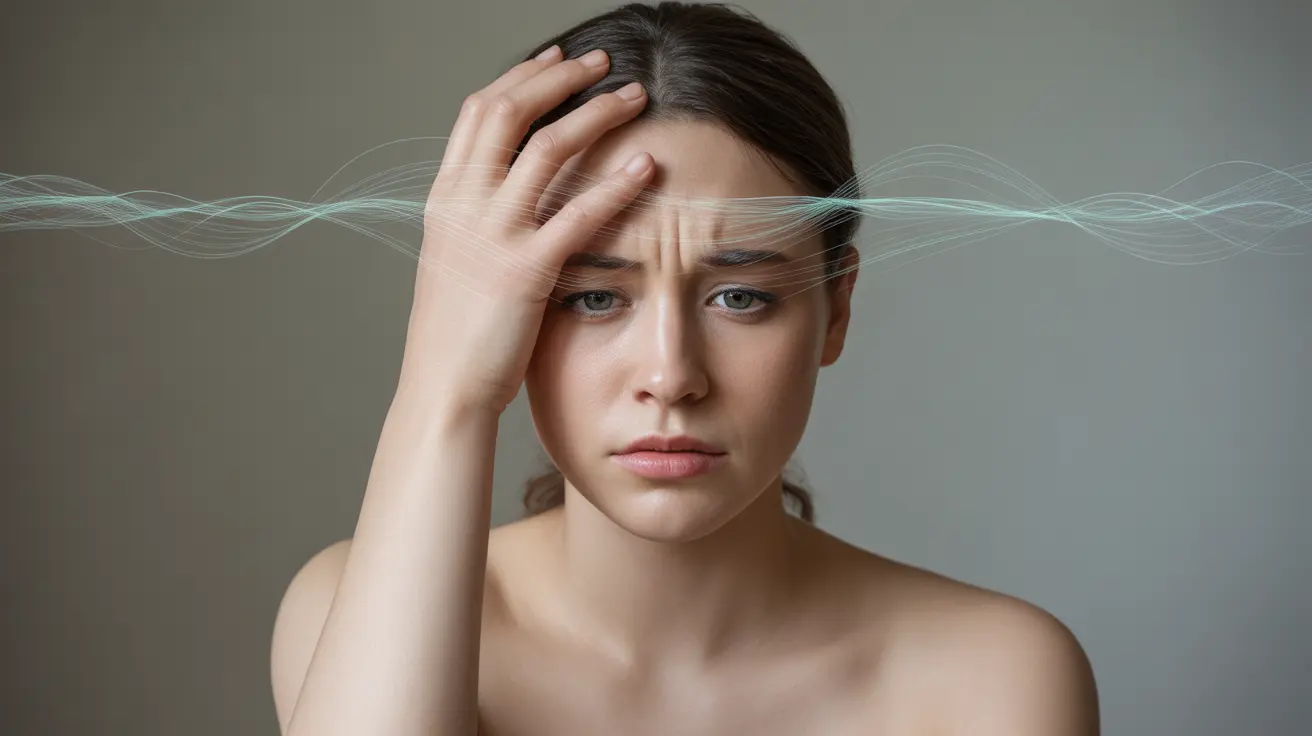Mixed tension migraines represent a complex type of headache disorder that combines characteristics of both tension headaches and migraine headaches. This unique condition can be particularly challenging for sufferers, as it presents with a variety of symptoms that can make diagnosis and treatment more complex than dealing with either type of headache alone.
Understanding the distinct features of mixed tension migraines is crucial for proper management and treatment. This comprehensive guide will explore the symptoms, triggers, diagnosis, and various treatment approaches available for those affected by this condition.
Understanding Mixed Tension Migraine Symptoms
Mixed tension migraines present with a combination of symptoms characteristic of both tension headaches and traditional migraines. These symptoms can vary in intensity and may include:
- Throbbing or pulsating pain on one or both sides of the head
- Pressure-like sensation or tightness around the head
- Neck and shoulder muscle tension
- Sensitivity to light and sound
- Nausea or vomiting
- Visual disturbances or aura
The pain typically begins as a tension-type headache with pressure and tightness, then evolves into migraine-like symptoms as the episode progresses.
Common Triggers and Risk Factors
Several factors can trigger mixed tension migraines, and identifying these triggers is essential for prevention. Common triggers include:
- Stress and anxiety
- Poor posture and neck strain
- Irregular sleep patterns
- Dehydration
- Certain foods and beverages
- Hormonal changes
- Environmental factors (bright lights, loud noises)
Diagnosis and Medical Evaluation
Diagnosing mixed tension migraines typically involves:
- Detailed medical history review
- Physical examination
- Headache diary documentation
- Neurological assessment
Healthcare providers may order additional tests to rule out other conditions, such as:
- MRI or CT scans
- Blood tests
- Vision examinations
Treatment Approaches
Medication Options
Treatment often involves a combination of medications targeting both tension and migraine components:
- Over-the-counter pain relievers
- Prescription migraine medications
- Muscle relaxants
- Preventive medications
Non-Medication Treatments
Several non-pharmaceutical approaches can be effective:
- Physical therapy
- Massage therapy
- Acupuncture
- Biofeedback
- Stress management techniques
Lifestyle Management and Prevention
Implementing lifestyle changes can significantly impact the frequency and severity of mixed tension migraines:
- Regular exercise routine
- Proper sleep hygiene
- Stress reduction techniques
- Dietary modifications
- Ergonomic improvements
- Regular hydration
Frequently Asked Questions
What are the most common symptoms of a mixed tension migraine, and how do they differ from regular migraines or tension headaches?
Mixed tension migraines combine symptoms of both conditions. Unlike regular migraines, they typically start with tension-type pressure and tightness, then progress to include migraine symptoms like throbbing pain, light sensitivity, and nausea. Regular tension headaches don't usually include the migraine-specific symptoms.
What triggers a mixed tension migraine, and are there effective ways to prevent or avoid episodes?
Common triggers include stress, poor posture, irregular sleep, and certain foods. Prevention strategies include maintaining regular sleep patterns, practicing stress management, staying hydrated, and avoiding identified triggers through careful tracking and lifestyle modifications.
How is a mixed tension migraine diagnosed, and what tests might a doctor order to rule out other causes?
Diagnosis typically involves a thorough medical history, physical examination, and headache diary review. Doctors may order MRI or CT scans, blood tests, and neurological examinations to rule out other conditions.
What treatment options are available for mixed tension migraine, and can medications help manage both types of headache symptoms?
Treatment options include both over-the-counter and prescription medications targeting both headache types, along with non-pharmaceutical approaches like physical therapy and stress management. A combination approach often works best.
Can lifestyle changes, such as stress management or diet adjustments, help reduce the frequency or severity of mixed tension migraines?
Yes, lifestyle modifications can significantly impact mixed tension migraines. Regular exercise, proper sleep habits, stress management techniques, and dietary adjustments can help reduce both frequency and severity of episodes.




